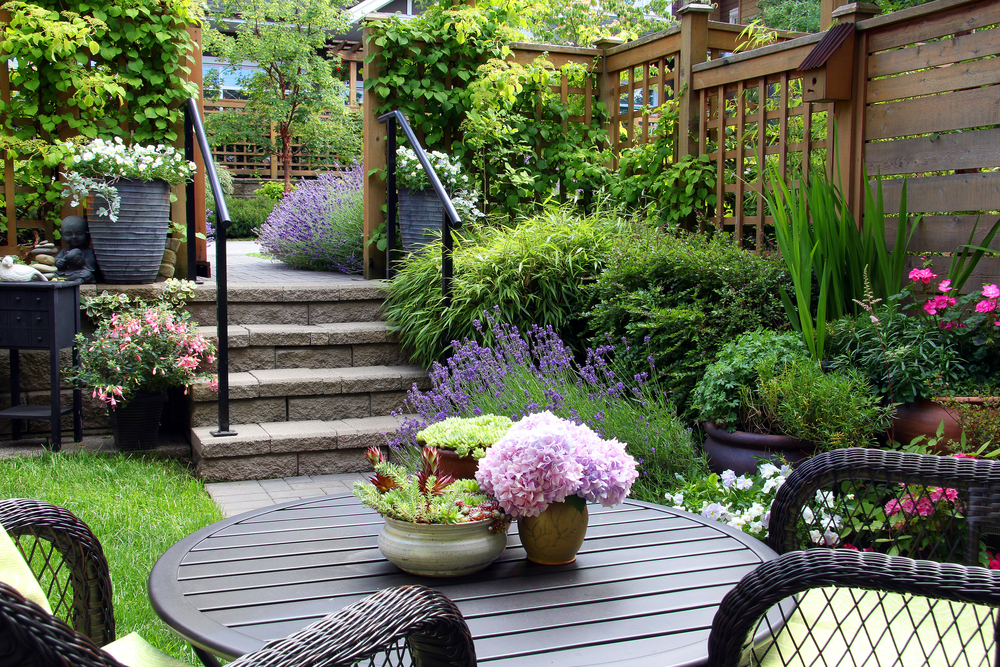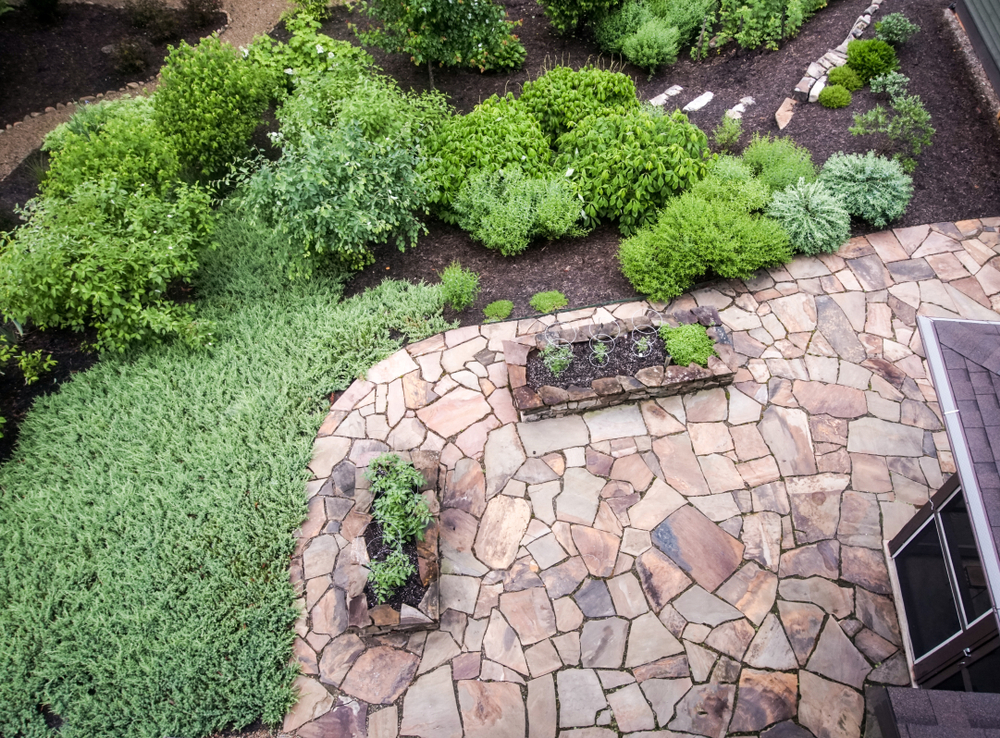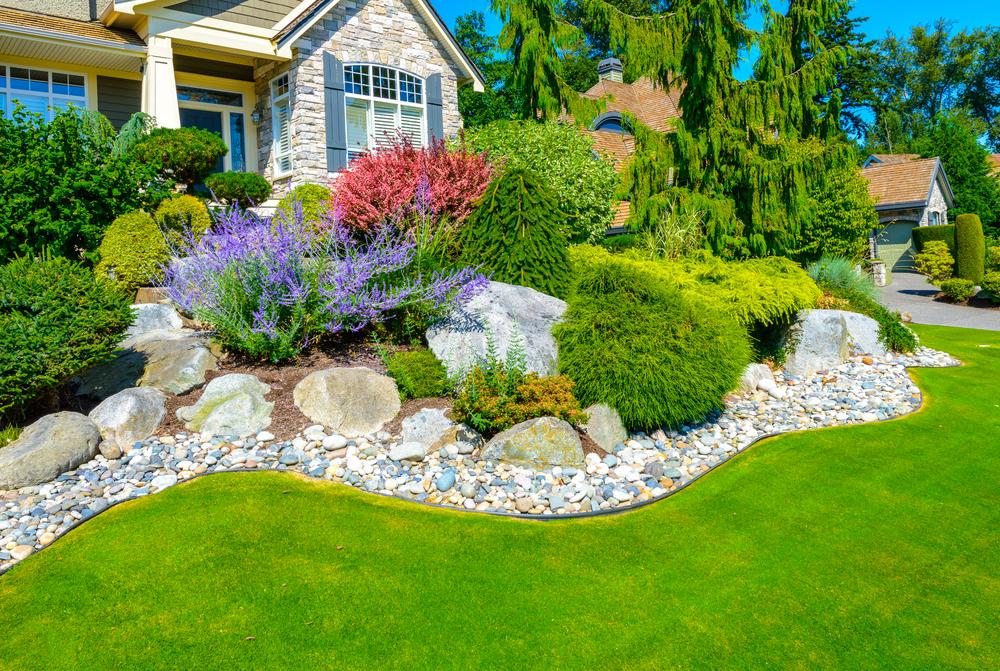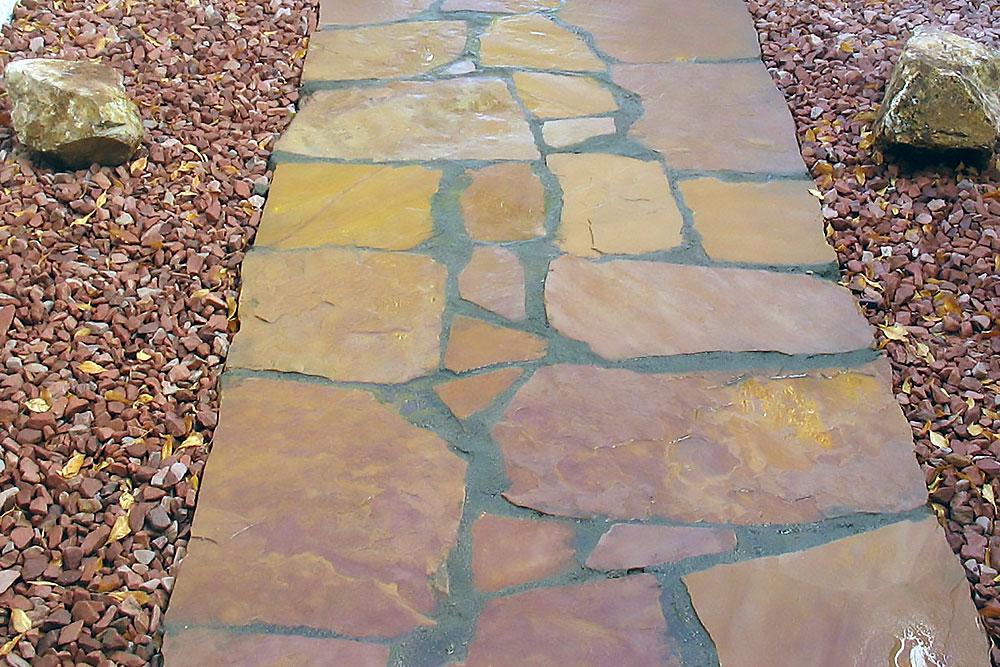Artificial Turf’s Positive Environmental Impact
With so much discussion about drought and the environment, you might wonder if you will ever see a green lawn in Las Vegas again. In the future, turf and Las Vegas might as well be synonymous. Between golf courses, residential areas and collegiate playing fields, artificial turf is adding green to desert environments while saving water and improving air quality.
Water Conservation
It’s no surprise that artificial lawns consume less water than natural grass. In Las Vegas alone, turf saves gallons of water per square foot. That’s right. One square foot of natural grass takes in 55 gallons of water. An average home owner could spend hundreds of dollars per year to keep a full lawn green. The lead-free pigments used to color an artificial lawn require no water at all.
You might be surprised to learn that turf uses less water than xeriscape gardens and other drought-friendly landscapes. In addition, you won’t have to weed or go out in extreme heat to tend to your desert landscape.
Air Quality Improvements
Lawn mowers emit fumes. Unless you are pushing a manual mower across your lawn, then you are sending particulates into the atmosphere. Noxious emissions from gas-powered lawn mowers can reach the same amounts as over ten cars in only an hour of mowing. The EPA released these numbers several years ago and there is no reason to believe they have altered significantly.
A turf lawn requires no pesticides or other pollutants to maintain a clean appearance. There is no need for chemicals that can trigger allergic reactions or harm insects.
Landfill Waste Reduction
Grass clippings and yard waste can account for up to one-third of the waste found in municipal landfills. Without the need for manure, mulch or clippings, homeowners are able to reduce waste. They also save themselves the cost of removing and replacing drought-damaged natural turf. Synthetic turf can last decades, making it a wise investment.





